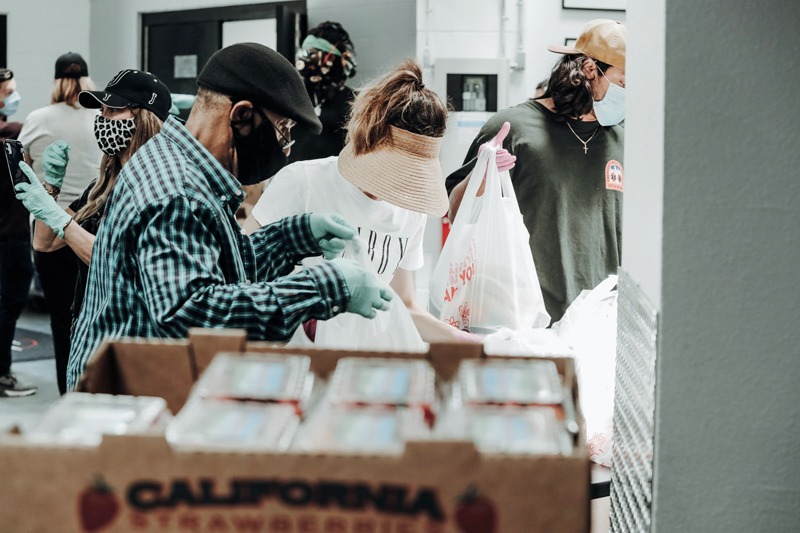| Get the newswire delivered to you – free! {source} [[form name=”ccoptin” action=”http://visitor.constantcontact.com/d.jsp” target=”_blank” method=”post”]] [[input type=”text” name=”ea” size=”20″ value=”” style=”font-family:Verdana,Geneva,Arial,Helvetica,sans-serif; font-size:10px; border:1px solid #999999;”]] [[input type=”submit” name=”go” value=”GO” class=”submit” style=”font-family:Verdana,Arial,Helvetica,sans-serif; font-size:10px;”]] [[input type=”hidden” name=”m” value=”1101451017273″]] [[input type=”hidden” name=”p” value=”oi”]] [[/form]] {/source} | Subscribe via RSS | Submit a News Item |
March 3, 2010; The Wall Street Journal | If you think doing good is an end unto itself, do yourself a favor and read a fascinating Wall Street Journal article appropriately titled, “When Good Deeds Turn Bad.” Author Jeffrey Zaslow chronicles the “reminders of the limitations, even dangers of good intentions.” He writes that to avoid falling into the trap of trying to do good and doing bad instead, we should seek the advice of people and organizations that have developed some good rules about being effective instead of harmful. One such group is the Cambridge, Massachusetts charity-watchdog organization, Beyond Good Intentions, whose mission is to uncover “more innovative and effective approaches to international aid worldwide.” In her work, the group’s founder, Tori Hogan, also has uncovered some stunning failures—projects that weren’t based on the needs of the groups being served but what do-gooders felt like offering. For instance, some years ago a group of vacationing volunteers decided to help build public toilets for a village in Peru. But after running out of time and money, the project was abandoned and the job never finished. Even after it had been completed, villagers said that instead of restrooms that the volunteer group presumed would boost living standards, what they wanted more was irrigation and some bridge repairs to allow them to take their goods to market. More so, the unfinished toilet project left holes in the ground that had to be filled in, otherwise the villagers’ children might have fallen in. Here’s another example of how “any help is better than no help” is really no help at all: People who volunteer to work in orphanages abroad and then leave a week later leave the orphans feeling abandoned. The article also offers sage advice from Kent Keith, who runs the nonprofit Greenleaf for Servant Leadership in Westfield, Indiana that offers suggestions to people on practical and ethical ways to do good. Keith remembers what his father told him when he was Cub Scout in the 1950s. “Don’t help the old lady across the street unless she really wants to go.”—Bruce Trachtenberg
Sign up for our free newsletters
Subscribe to NPQ's newsletters to have our top stories delivered directly to your inbox.
By signing up, you agree to our privacy policy and terms of use, and to receive messages from NPQ and our partners.













